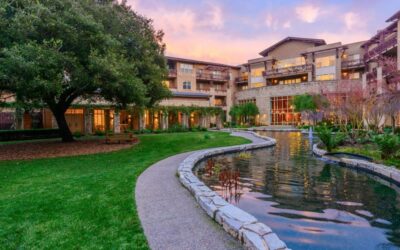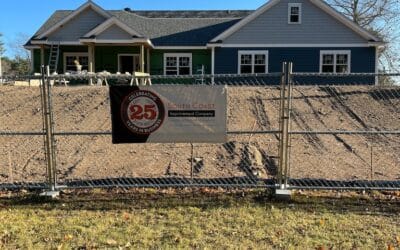There are many building structure types that can be found in commercial construction. Understanding the different types of structures that are used can be helpful for homeowners and business owners who want to plan new commercial construction projects. As commercial construction experts, we can help explain the different types of structures that are used in commercial construction and their benefits. In this blog post, we’ll go over the different types of structures that are used in commercial construction and provide some insight into each type.

The Importance of Building Structure in Commercial Buildings
As we continue to strive for efficiency and safety, the role of building structure in commercial buildings becomes increasingly crucial. Building structure pertains to the framework and foundation of a building, which provides stability and support through different kinds of loads such as environmental forces. Without structure, buildings would simply collapse and be prone to different types of hazards.
Structured commercial buildings are mainly essential for businesses, communities, and public spaces as they provide housing for every business’s need. From manufacturing to retail, commercial buildings require a robust and reliable framework to support their operations.
In addition, a well-structured commercial building also prioritizes the safety and well-being of those who occupy them, contributing to the overall health and prosperity of residents and businesses alike. Therefore, a strong building structure serves as the backbone for modern-day commercial development, and proper maintenance and upkeep remain crucial to ensure the longevity of these vital spaces.
View Our Work
Evergreen Place: Pegasus Senior Living
The project included renovations of common areas, painting, and installing new carpets, and a fully remodeled dining room completed at night to not disrupt the resident’s daily lives. Eleven resident rooms were remodeled with new millwork, lights, paint, trim, base,...
Cardinal Cushing Centers
South Coast Improvement Company was hired to provide tenant improvements at the Cardinal Cushing Centers Group Residence. This fast-paced 22-week, construction project entailed construction of a single-family-style residence. We razed the existing structure on site...

Steel Structures
Steel structures are one of the most popular choices in commercial construction. The reason for their popularity is their strength and durability. Steel structures are resistant to fire, termites, and the elements. Steel structures are also easy to assemble and disassemble, which is a significant advantage in case of any changes. They are also known for their flexibility, meaning that additions or modifications can easily be made to the structure.
Masonry Structures
Masonry, which includes brick, concrete block, and stone, is another popular option in commercial construction. Masonry structures are sturdy, fire-resistant, and provide a higher level of sound insulation compared to other structures. Additionally, their resistance to damage from wind, fire, and inclement weather makes them a solid choice for buildings that need to withstand severe weather conditions.
Wood Structures
Despite being prone to water and fire damage, wood structures are still used in commercial construction because of their aesthetics. They are lightweight and easy to work with, which can lead to reduced construction times, resulting in cost savings. Wood structures are also an environmentally friendly option since wood is a renewable resource.

Concrete Building Structure
Concrete is a strong and durable material used in commercial construction. The construction of the building’s support structure in concrete frame construction employs reinforced concrete columns along with concrete blocks, beams and slabs. In addition, concrete structures can be pre-fabricated, meaning they can be erected quickly, so they’re a good choice if you need a structure built quickly.
Fabric Building Structure
Fabric structures are gaining a foothold in the commercial construction arena due to their distinctive advantages, particularly their simplicity in assembly and disassembly. These lightweight structures, often made from durable tensioned fabric stretched over a metal frame, can be rapidly erected and torn down, making them an excellent choice for temporary facilities or events that require short-term shelter solutions. Their portability also allows for easy relocation, adding to their appeal for businesses that need flexible space configurations.
Despite their perceived lack of durability compared to more traditional construction materials like steel or concrete, fabric structures offer a resilient and cost-effective alternative. They are designed to withstand environmental factors such as wind and snow loads, ensuring they uphold safety standards. Moreover, modern fabric materials are UV resistant and require minimal maintenance, contributing to their long lifespan.
While fabric structures may not be suitable for every commercial construction project, they present a unique combination of benefits that make them an increasingly popular choice. As with any structure, understanding the specific needs and constraints of a project is critical in selecting the most appropriate type of construction structure.
Building Structure Differences Between Commercial and Residential Buildings
Commercial and residential structures differ significantly in terms of design, construction materials, and intended purpose. Commercial buildings, which include offices, shopping malls, warehouses, and restaurants, are typically larger and more complex than residential buildings. They often require specialized materials such as steel and concrete for increased durability and safety.
On the other hand, residential buildings, such as houses and apartments, are designed to provide a comfortable living space for individuals and families. They often use materials like wood and brick, prioritizing aesthetics and comfort over industrial strength. Moreover, commercial structures are subject to stricter building codes and regulations due to their public nature and the volume of persons they accommodate.
The Importance of a Secure Building Structure
Maintaining secure building structures is critical to ensure the safety of not just the people occupying them, but for the surrounding areas as well. Regardless of the building type, heavy weight must be supported by a strong foundation and constructed in a manner that accounts for all possible loads.
Load-bearing walls should be constructed from strong materials such as masonry or reinforced concrete while exterior walls made from a wood-framed structure must be constructed to keep water at bay. Even with these measures, it is important to keep in mind the possibility of unforeseen circumstances such as earthquakes or hurricanes that may impact the structural integrity of the building. In order to mitigate any risks, a team of commercial construction experts should be consulted to ensure that the building is fully safe and prepared for any situation that may arise.

Factors to Consider when Building Structure for Commercial Purposes
When it comes to building construction structures for commercial purposes, there are a variety of factors to consider that go beyond just putting up a building on a construction site. First and foremost, safety should be the top priority, ensuring that the building structures are sound and built to withstand any potential hazards or natural disasters.
Additionally, other factors such as functionality and aesthetics should also be taken into account, so that the building serves its intended purpose while also contributing positively to the surrounding environment. The other materials you use in your building structure, for example, can have a huge impact on both the look and feel of the building, as well as its overall efficiency and sustainability. By carefully considering all of these factors, developers can create structures that not only meet the needs of their clients, but also contribute positively to the community as a whole.

Safety Precautions for Building Structure
When it comes to building structures, safety is one of the top priorities. From fire resistive components to the materials used in each building type, there are numerous safety precautions that can be taken to ensure the well-being of those inside. Building codes require certain measures to be taken for fire safety, such as having fire-resistant doors and stairwells. Additionally, environmentally friendly materials can also contribute to the overall safety of the building. With careful consideration and attention to detail, the safety precautions taken during the construction process can greatly enhance the protection of all building types and their occupants.
Conclusion
In conclusion, the structural foundation of a commercial building is an amalgamation of science, engineering, and art, aimed at creating an edifice that not only addresses specific needs but also contributes to the overall aesthetic appeal and sustainability. Whether it’s steel, masonry, wood, concrete, or fabric, each structural type comes with its unique properties and advantages suitable for different construction purposes.
However, the choice of structure should not be made in isolation but should consider factors like location, cost, and the building’s purpose. As experts in commercial construction, our goal is to guide you through this intricate journey of building creation, ensuring your commercial construction project aligns with your vision, functional requirements, and budget constraints. We trust this blog has illuminated the diverse structure types in commercial construction, aiding you in making a more informed and confident decision for your next project. Remember, the right structure can transform your concept into a tangible, functional, and aesthetically pleasing reality.
About South Coast Improvement Company
South Coast Improvement Company, a distinguished leader in commercial construction design and management, has carved a niche in areas such as assisted living, senior living, healthcare, and education, spanning both interior and exterior spaces. With a diverse portfolio comprising office buildings, healthcare facilities, educational institutions, and commercial areas, our expertise lies in managing projects within occupied spaces, ensuring the safety and well-being of all involved through excellent construction methodologies.
Our professional team is well-versed across various markets, enabling them to handle a wide variety of projects with due diligence, understanding of subcontractor partnerships, legal obligations, and other critical aspects. Reach out to us today to learn how our unique skill set can elevate your upcoming commercial construction project.






